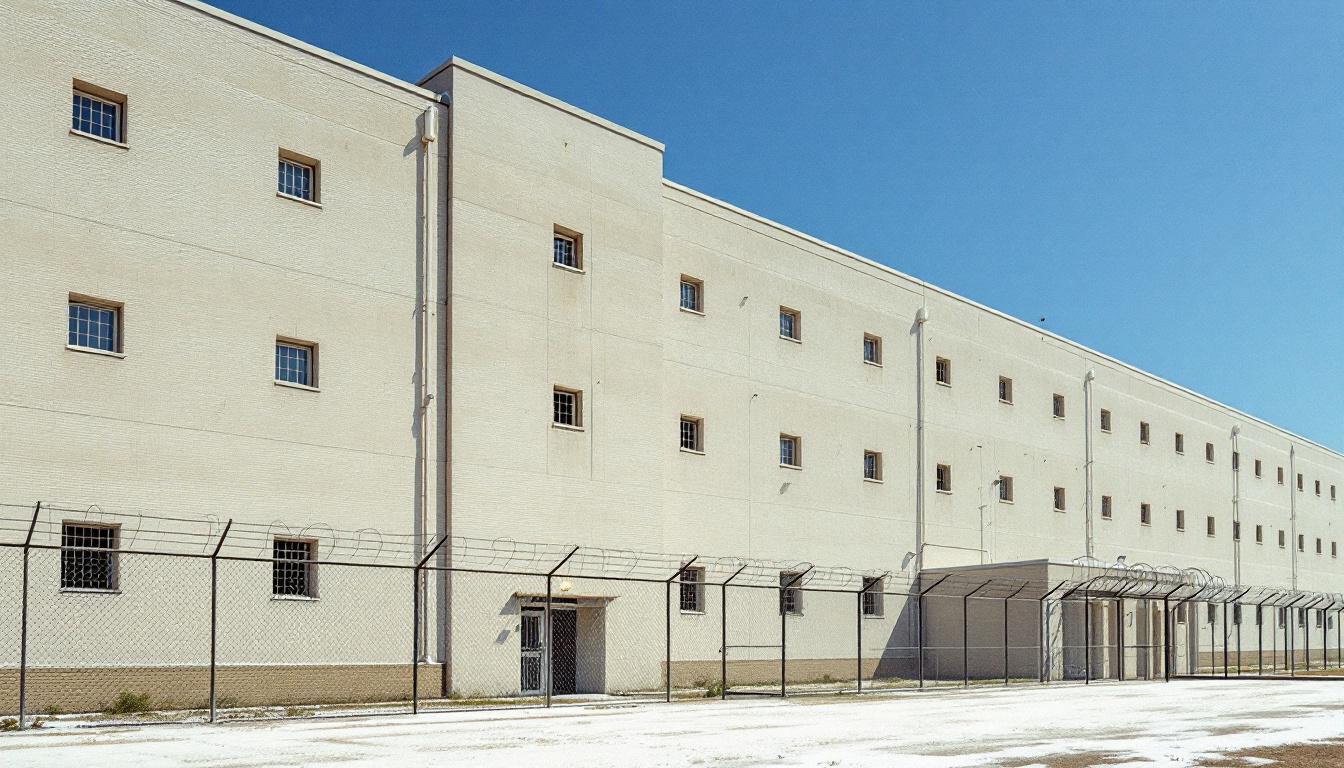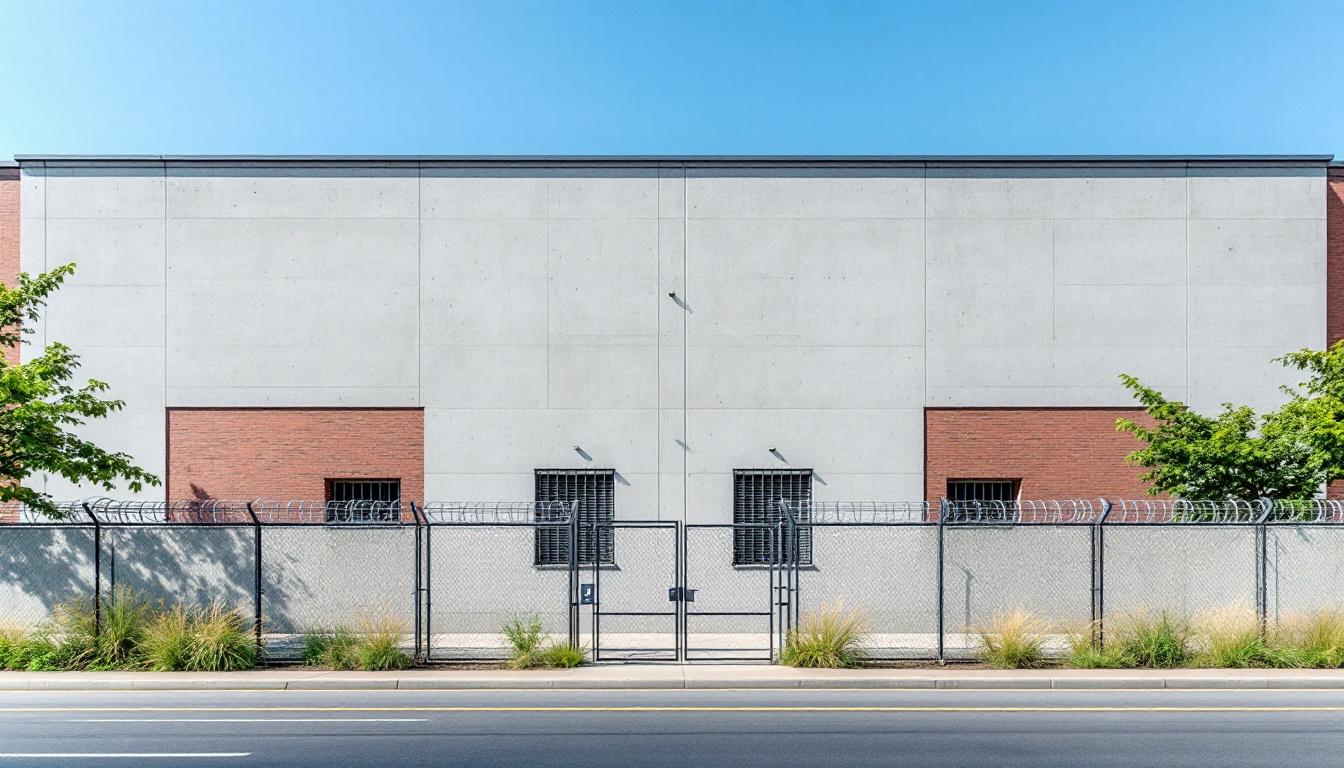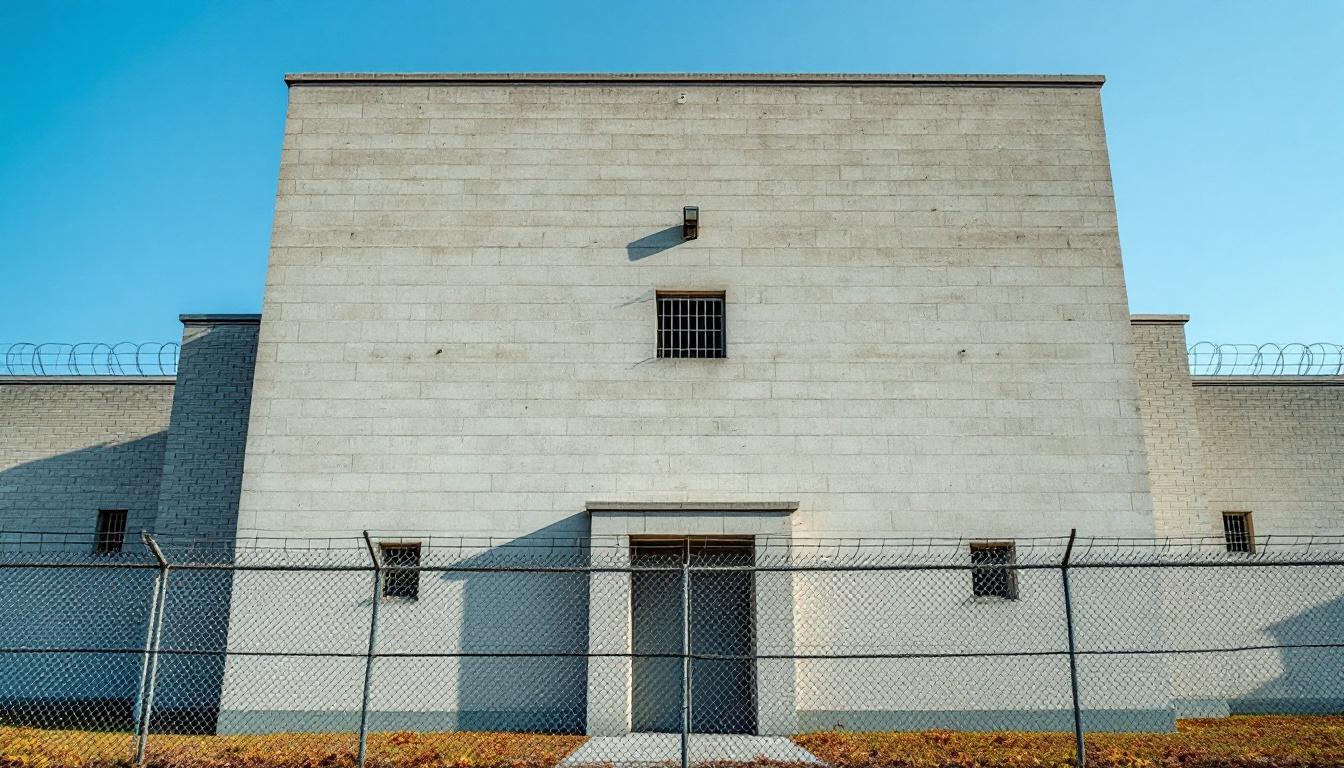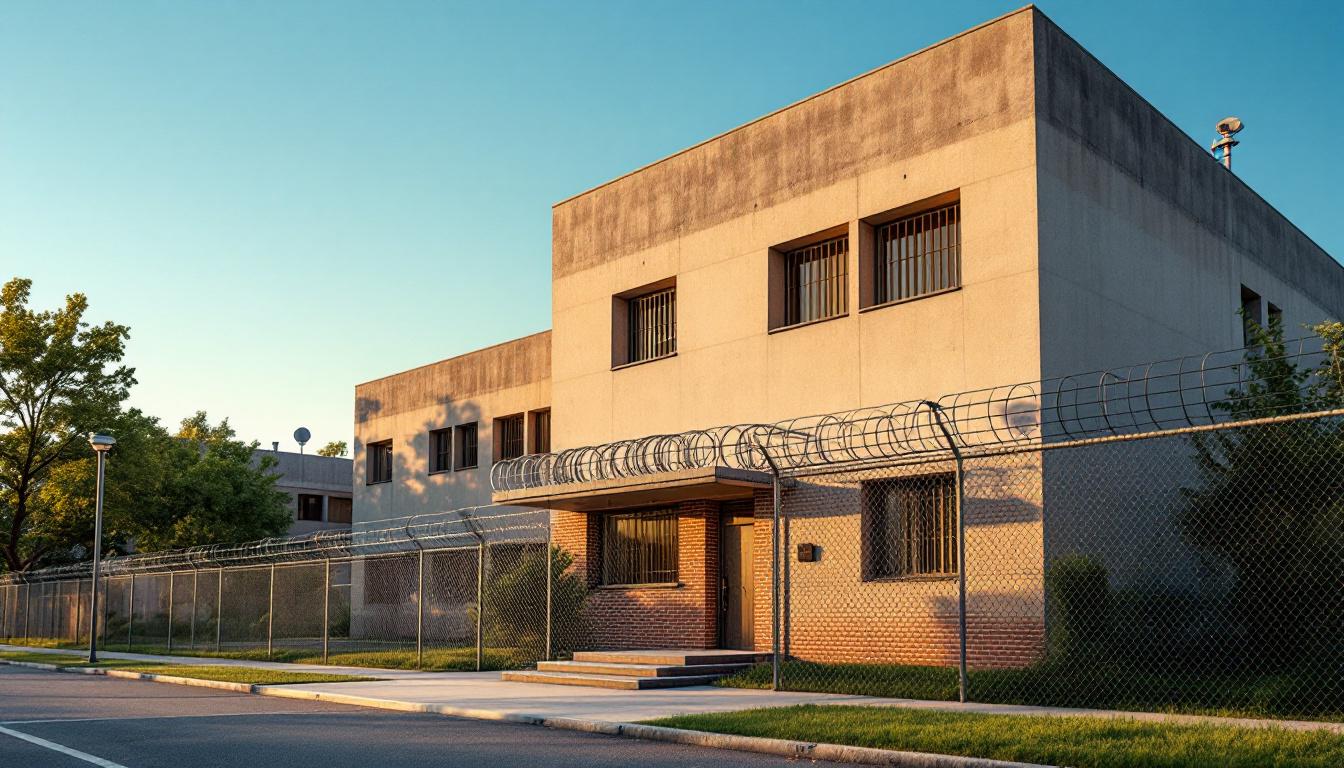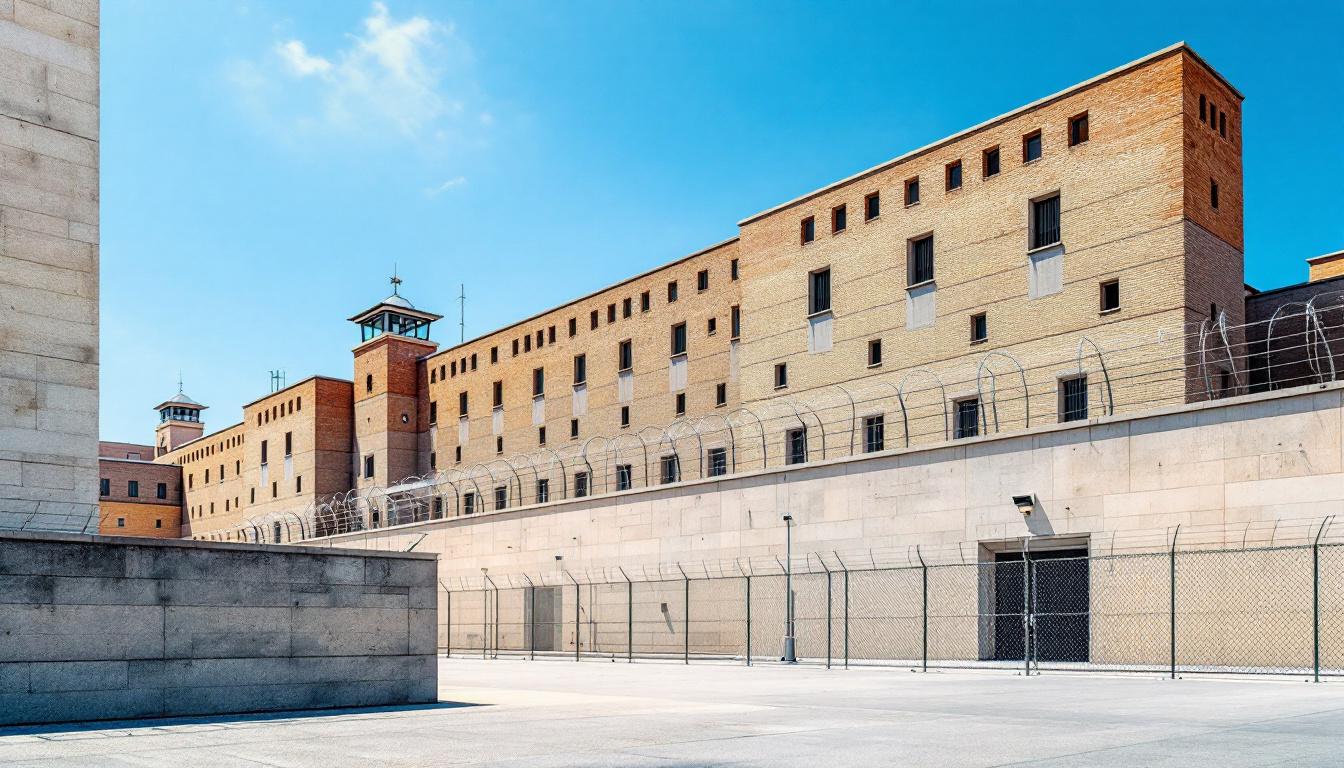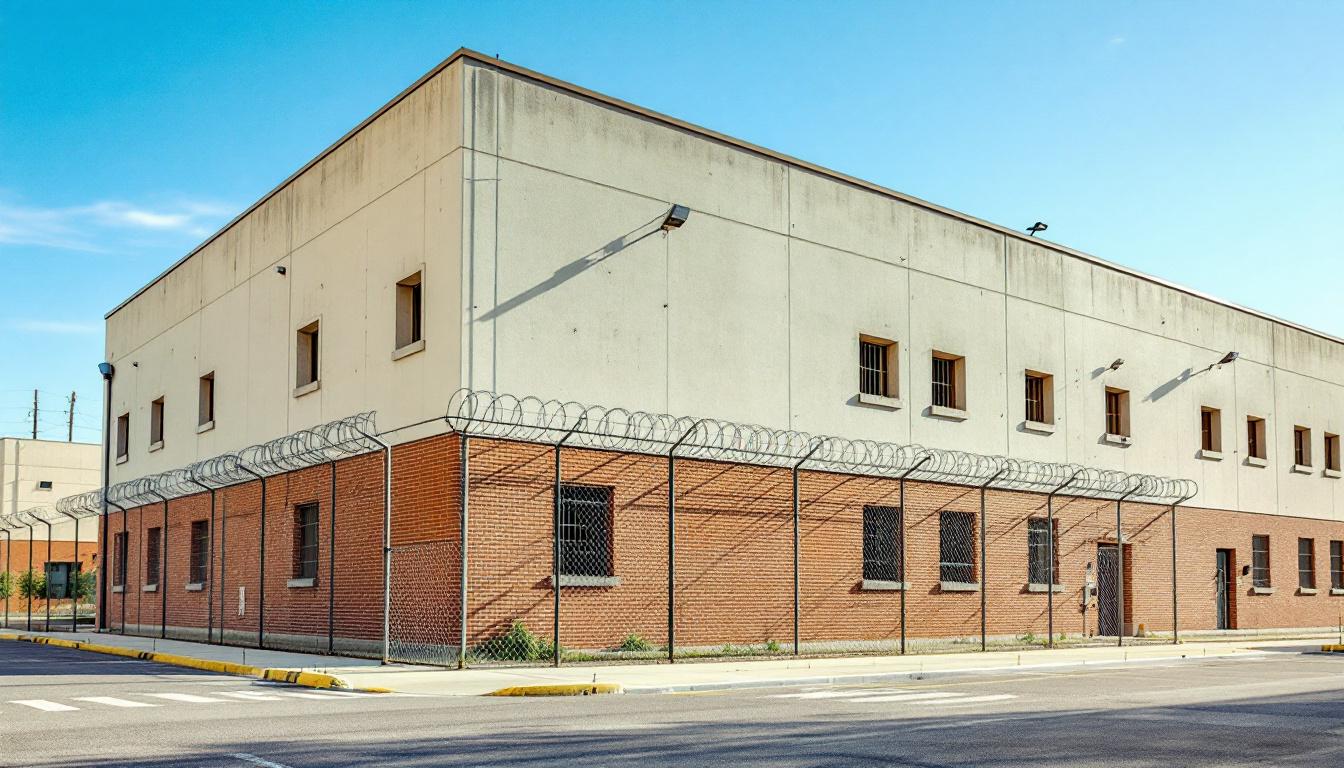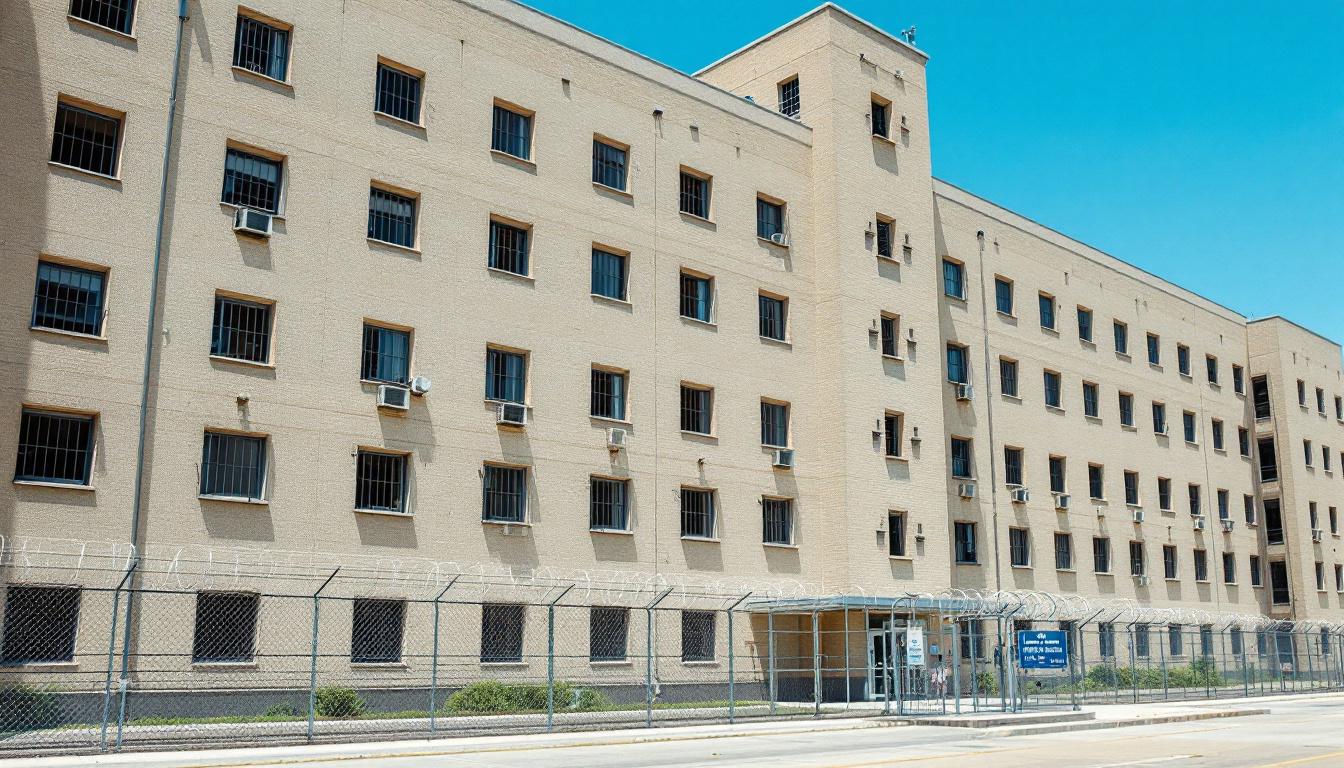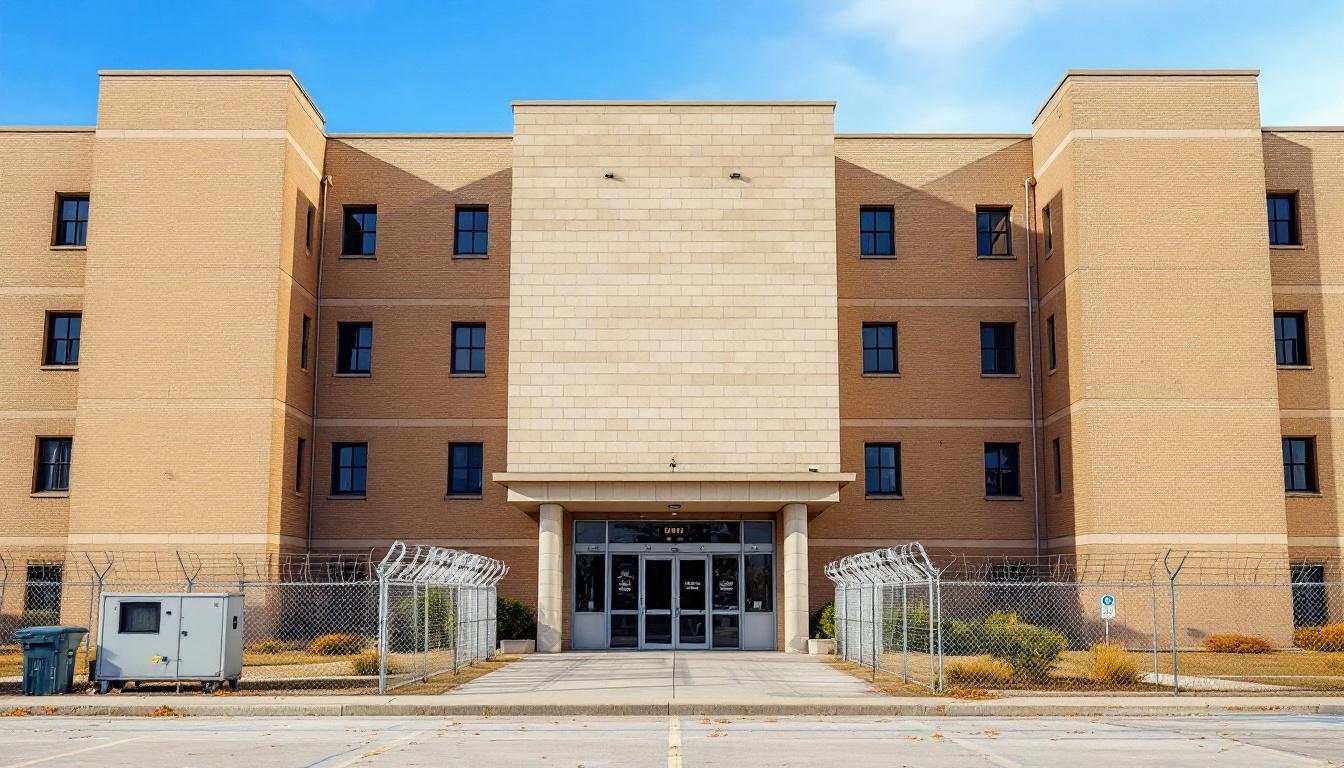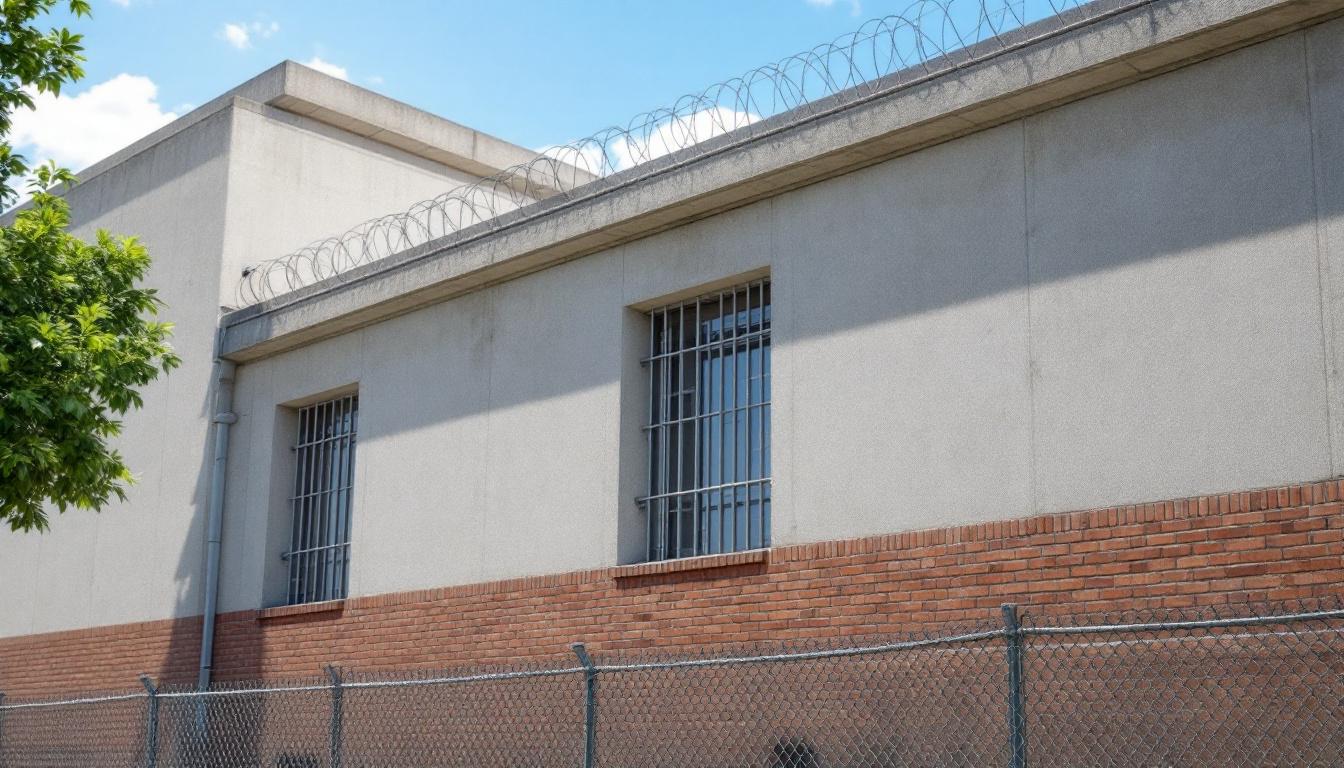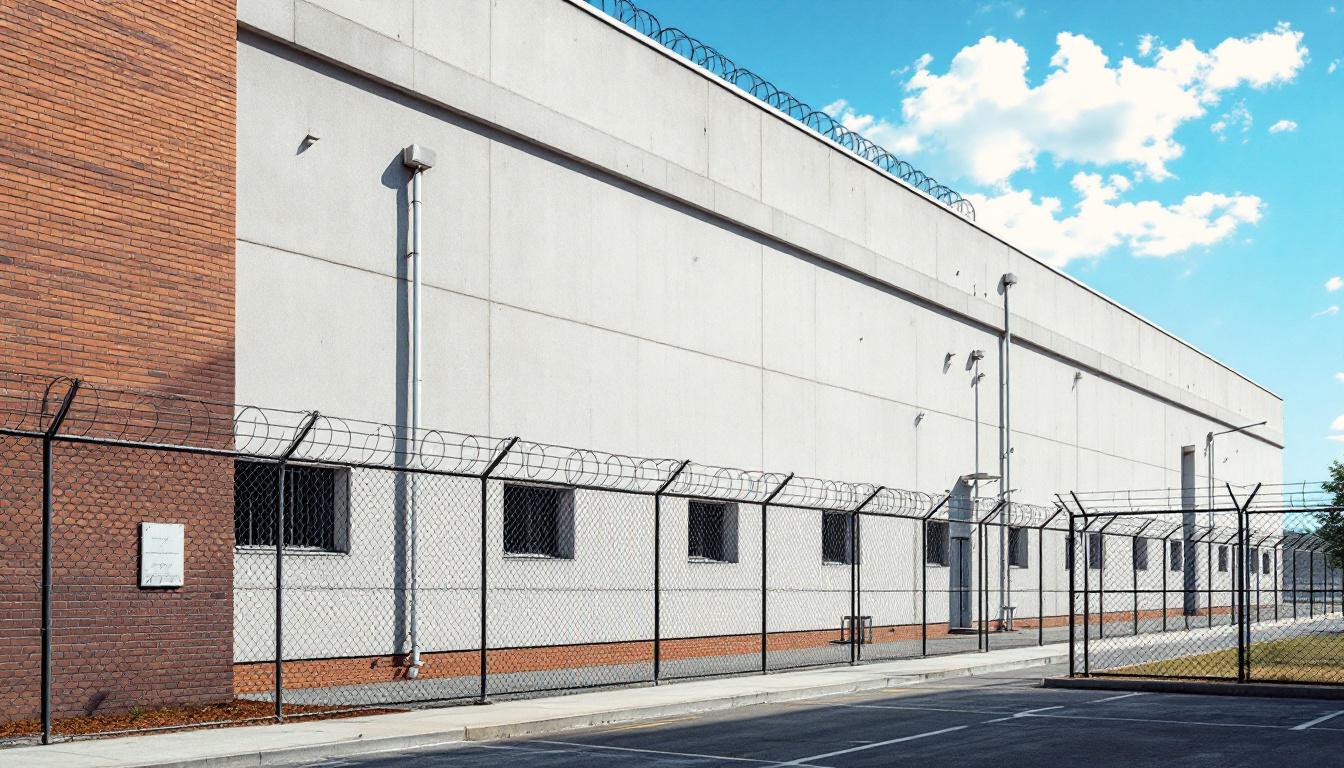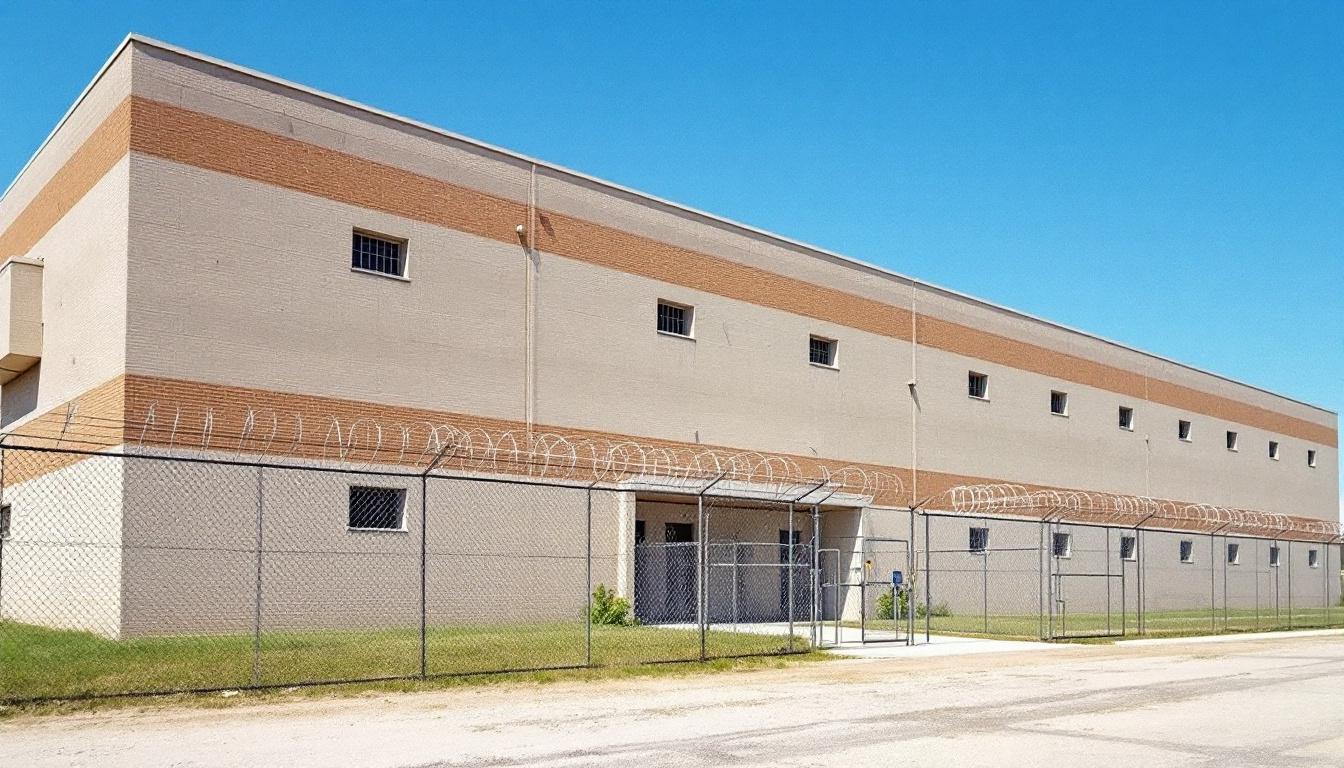
Quick Navigation
How to contact an inmate at Monterey County Jail
This comprehensive guide will walk you through how to connect with an inmate at Monterey County Jail. Follow the steps below to find an inmate and send letters and photos:
- Search for the inmate using our search tool below
- Create your account or log in to Penmate
- Write your message (up to 6,000 characters)
- Send instantly - inmates receive printed copies daily
Find an Inmate
Search for an inmate to start communicating today
Tip: You can search by first name, last name, or inmate ID number
To contact a person at Monterey County Jail start by searching for the person on the facility website. Perform a search by following these steps:
- Step 1: Enter their first name and last name into the search form and click "Search"
- Step 2: Locate their inmate record
- Step 3: Write down their Inmate ID and any housing information provided
Important! Be sure to enter the person's full name. Nicknames should not be used.
How to Send Messages to Inmates

You can use your phone or computer to send emails, letters, and photos to an inmate. Messages are sent electronically to inmate tablets or kiosks at the facility. If you would like to send a message, start by searching for an inmate at Monterey County Jail.
Sending Photos and Postcards

A great way to send love and support to a loved one at Monterey County Jail is to send photos and postcards. It only takes a few minutes to send photos from your phone and it makes a huge difference. You can also mail postcards with words of support and inspiration, or design your own postcard for special moments like birthdays and holidays.
Important! Be sure not to send any explicit photos or they may not be approved by the facility. You can also use a photo printing app like Penmate to make sure your photos are printed at the correct size (4x6 or 3x5) and are mailed according to the rules and regulations of Monterey County Jail.
Frequently asked questions about Monterey County Jail
-
How long does it take to deliver a message?
If you're sending an email message your letter is usually delivered within 24-48 hours. For messages sent via mail you should expect delivery within 3-7 days. All messages will need be approved by Monterey County Jail.
-
How much does it cost to send a message to Monterey County Jail?
You can send a message free using your phone or mail a message via USPS for the price of a $0.60 stamp and envelope. You can also purchase credits or e-stamps from services starting at $1.99.
-
What services can I use to contact an inmate at Monterey County Jail?
Penmate
You can use Penmate to send letters and photos to an inmate from your phone. It's an easy way to stay in touch during your loved one's incarceration. Use the inmate locator to find an inmate's location and contact information, then you can send messages within a few minutes.
Securus messaging
Securus may be another option for communicating with an inmate at Monterey County Jail. You can create a friends and family account and purchase credits to send messages. All messages will be reviewed and must be approved by the facility.
JPay
Some county jails and state prisons may support sending messages with JPay. You must register an account with the system, find your loved one, and purchase stamps to send messages. For some locations you can also attach photos.
Smart Jail Mail
You may also check if Smart Jail Mail is available at Monterey County Jail. Smart Jail Mail is operated by Smart Communications and has contracted with some state and county jails. After purchasing credits, your messages and photos are sent to the facility, printed out, and then handed out to your loved one.
-
What is the mailing address of Monterey County Jail?
Mailing address:
Monterey County Jail
1410 Natividad Rd
Salinas, CA 93906
-
What are the visiting hours at Monterey County Jail?
Visiting hours at Monterey County Jail vary by housing unit and security level. Generally, visits are scheduled on weekends and holidays, with some facilities offering weekday visits. Contact the facility directly for the current visiting schedule. Visits typically last 30-60 minutes and must be scheduled in advance.
-
What items are prohibited when sending mail to Monterey County Jail?
Prohibited items typically include: cash, personal checks, stamps, stickers, glitter, glue, tape, staples, paperclips, polaroid photos, musical or blank greeting cards, hardcover books, magazines with staples, and any items containing metal or electronics. Only send letters on plain white paper with blue or black ink. Photos must be printed on regular photo paper (no Polaroids). Always check with Monterey County Jail for their specific mail policies.
-
How do I send money to an inmate at Monterey County Jail?
You can send money to an inmate at Monterey County Jail through several methods: 1) Online using JPay, Access Corrections, or the facility's approved vendor, 2) Money orders mailed directly to the facility with the inmate's name and ID number, 3) Kiosks located in the facility lobby, or 4) Over the phone using a credit or debit card. Fees vary by method, typically ranging from $2.95 to $11.95 per transaction.
-
Can I schedule a video visit with an inmate at Monterey County Jail?
Many facilities now offer video visitation as an alternative to in-person visits. At Monterey County Jail, video visits may be available through services like Penmate, Securus Video Connect, GTL, or ICSolutions. Video visits typically cost $10-20 for 20-30 minutes and must be scheduled in advance. You'll need a computer or smartphone with a camera and reliable internet connection. Contact the facility for their specific video visitation policies and approved vendors.
-
What identification do I need to visit an inmate at Monterey County Jail?
All visitors must present valid government-issued photo identification such as a driver's license, state ID, passport, or military ID. Minors must be accompanied by a parent or legal guardian who can provide the minor's birth certificate. Some facilities require visitors to be on the inmate's approved visitation list, which may require a background check. Contact Monterey County Jail for specific ID requirements and visitor approval procedures.
-
How can I find out an inmate's release date?
To find an inmate's release date at Monterey County Jail, you can: 1) Use the online inmate search tool if available, 2) Call the facility's records department, 3) Contact the inmate's case manager or counselor, or 4) Have the inmate provide this information during a call or visit. For privacy reasons, some facilities only release this information to immediate family members.
Facility Overview
Contact Information
Monterey County Jail1410 Natividad Rd
Salinas, CA 93906

About Monterey County Jail
Serving the agricultural heart of California's Central Coast, the community of Salinas relies on Monterey County Jail, CA to maintain public safety while preparing individuals for successful reintegration into their neighborhoods and families. This CA correctional facility operates with a clear understanding that effective rehabilitation strengthens the entire region, from the fertile Salinas Valley farmlands to the coastal communities that depend on stable, productive residents returning home.
Located in downtown Salinas, the county jail typically focuses on connecting inmates with services that address the root causes of criminal behavior while building practical skills for community reentry. Educational programs may include basic literacy classes, GED preparation, and vocational training that aligns with local employment opportunities in agriculture, hospitality, and service industries. Mental health and substance abuse counseling services often form cornerstone elements of the facility's approach, recognizing that addressing these challenges creates pathways to lasting change. The facility generally maintains partnerships with local organizations to ensure continuity of care and support extends beyond release dates.
Rehabilitation efforts at this Monterey County facility typically emphasize practical preparation for life after incarceration, including job readiness training, family reunification support, and connections to community resources. The jail may offer programs that help individuals develop financial literacy, conflict resolution skills, and other tools essential for maintaining stability in their home communities. By working closely with local service providers, faith-based organizations, and employers throughout the Salinas area, the facility aims to create a network of support that extends well beyond its walls, ultimately contributing to safer neighborhoods and stronger families across Monterey County.
Programs & Services
Personal growth and skill development form the cornerstone of rehabilitation efforts within Monterey County Jail's comprehensive service framework. The facility typically emphasizes a holistic approach to inmate transformation, recognizing that meaningful change occurs when individuals have access to diverse opportunities for learning and self-improvement. This philosophy drives the development of various services designed to address educational gaps, build practical skills, and foster personal accountability among participants.
Educational initiatives often serve as the foundation for long-term success, with services that may include basic literacy instruction, GED preparation, and tutoring programs tailored to individual learning needs. Financial literacy courses typically provide inmates with essential knowledge about budgeting, banking, and financial planning—skills that prove invaluable upon reentry into the community. In addition to this educational foundation, vocational training services often focus on developing marketable job skills in various trades and industries, helping participants build confidence while acquiring practical expertise that enhances their employment prospects.
Rehabilitation programs frequently address underlying issues that may have contributed to criminal behavior, offering structured support through counseling and therapeutic interventions. The facility may provide specialized services such as landscaping programs, which combine physical activity with skill development while contributing to facility maintenance and beautification efforts. These hands-on opportunities often prove particularly valuable, as they allow inmates to see tangible results from their efforts while developing work habits and technical abilities that translate directly to post-release employment opportunities.
Daily Life & Visitation

The concrete walls and steel fixtures of housing units at Monterey County Jail create a controlled environment where inmates must quickly learn to navigate structured routines and limited personal space. Inmates currently wake to the sound of morning announcements echoing through the corridors, beginning days that continue to follow predictable patterns designed to maintain order and security. The facility typically operates on a schedule that includes designated times for meals, recreation, and various programming activities.
Living accommodations generally consist of shared cells or dormitory-style housing units, depending on classification levels and available space. Inmates usually store their limited personal belongings in small storage areas within their assigned sleeping quarters. Meals are typically served in designated dining areas or delivered to housing units, with menus that may vary throughout the week. Despite this structured environment, inmates often find ways to adapt by establishing routines around available recreation time, which may include access to outdoor yards or indoor common areas when security protocols permit.
In addition to this basic daily structure, the facility typically provides various work assignments that may include kitchen duties, maintenance tasks, or facility cleaning responsibilities. Programming schedules often include educational opportunities, substance abuse counseling, or vocational training sessions. Family connections continue to play an important role in helping inmates adapt to their environment, with visitation policies that generally allow for scheduled visits and phone communication. The commissary system typically provides inmates with access to personal hygiene items, snacks, and writing materials, helping them maintain some degree of personal choice within the institutional setting.
Ready to Connect?
Start communicating with your loved one today
Search for an Inmate
